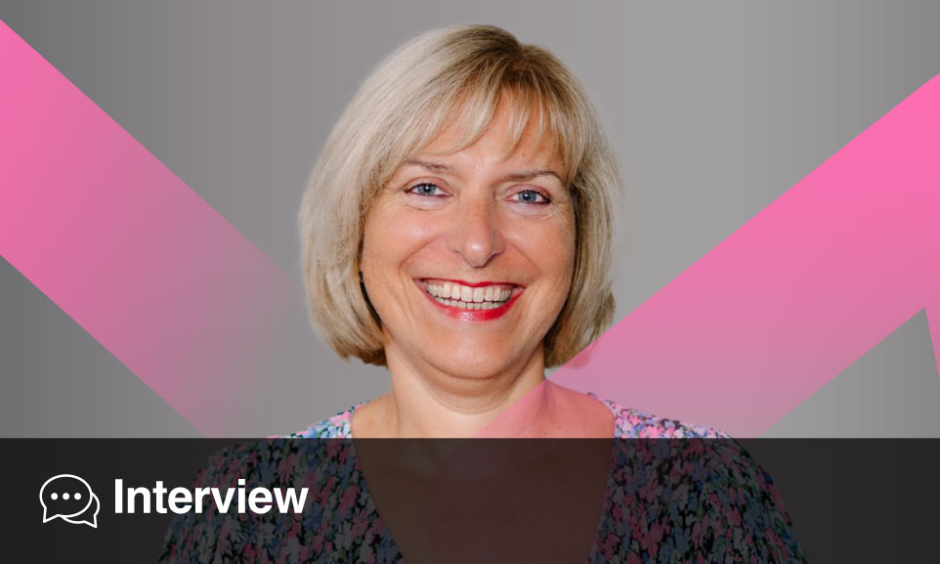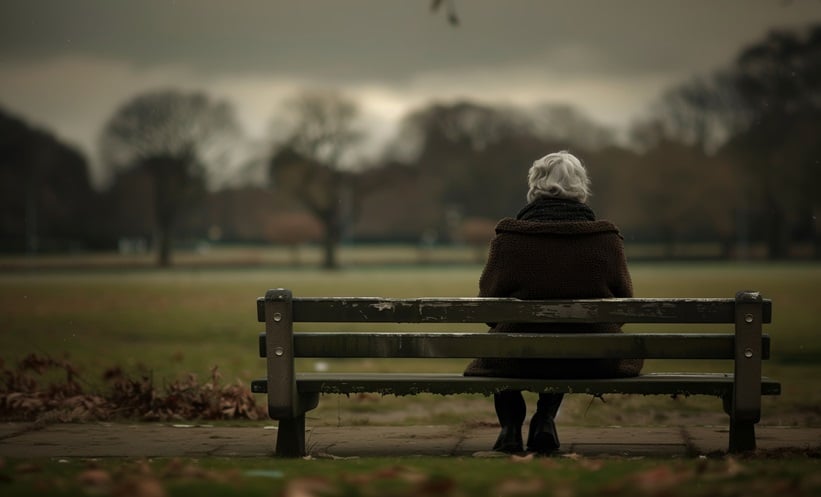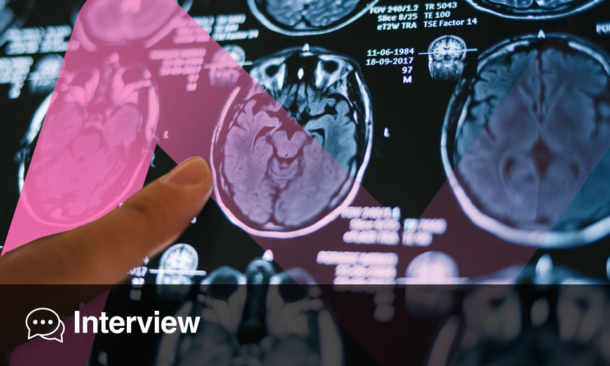Irena Rektorová | Professor of Neurology and Head of the Movement Disorders Centre, Department of Neurology, St. Anne’s University Hospital; Coordinator of the Brain and Mind Research Programme, CEITEC, Masaryk University, Brno, Czechia; Chair of the Programme Committee, European Academy of Neurology (EAN)
Citation: EMJ Neurol.2025;13[1]:49-51. https://doi.org/10.33590/emjneurol/KIIN3670
![]()
The overarching theme for the European Academy of Neurology (EAN) Congress 2025 is “Neurology within society.” What inspired the Programme Committee to select this theme?
The overarching theme was selected 2 years prior to the Congress, so I was not directly involved, as I was the chair of the Education Committee at that time. Instead, the team that decided on this topic did so in 2023. I have been involved in the Programme for next year’s Congress, which has the overarching theme of ‘Brains, Bytes & Beyond: Tech in Neurology’. All the speakers have already been invited, and they’ve accepted the invitations. The reason for choosing the theme 2 years in advance is to ensure that we can get all the right speakers, and to allow enough time for the scientific panels to make proposals for the programme. The panel members should know what the overarching theme is and what is already planned, so that they do not overlap. Therefore, we have the theme chosen for next year, and the full scientific and educational programme will be chosen by the Programme Committee members at the beginning of September from all the proposals.
In addition to AI, what innovations do you anticipate will be most prominent at EAN 2026?
We also have, for example, robots in neurology, such as for robotic surgery, as well as brain-machine interface. These are other topics that will be involved, but we will have workshops that are really focused on AI in various fields, such as in the outpatient clinic and in the hospital neurology department.
When developing the Programme for next year’s Congress, what have been your main priorities?
We start from the proposals that we grade. This year, for the scientific part, we received around 180 proposals, from which we had to choose 11 symposia and 15 focused workshops. This is a hard choice, and a very hard job. We always want to make sure that we cover what we call the ‘big seven’ topics: stroke, movement disorders, dementia, neuromuscular and peripheral nerves, headache, multiple sclerosis, and epilepsy. We always want to have something in the programme on these topics. Then we try to be more creative and up to date. For example, this year it’s neurorehabilitation during wars. This joint symposium targets the current situation and challenges regarding neurorehabilitation across Europe both inside and outside war zones. Experts in the fields discuss medical and patients’ perspectives, as well as the responsibilities of health policymakers.
Moreover, this year’s Congress was enriched by two new session blocks. The first was breakthroughs in neurology over the last year, which focused on novel treatments presented by scientists and not pharma representatives. That went very well and was very well attended. The second new session type that we included was autogenic training, with both a lecture and real training.
The EAN President, Elena Moro, also introduced a new named lecture for the Presidential Symposium: the Anita Harding Award Lecture, to highlight the outstanding contributions of female neurologists/neuroscientists. The 2025 awardee was Catherine Lubetzki, Pierre and Marie Curie University, Paris, France.
Then there is the educational part of the Congress, which is chosen beforehand by the teaching course subcommittee (which is part of the Education Committee), and this consists of various formats, such as teaching courses, interactive sessions, hands-on courses, and case-based workshops. The educational portion and the scientific portion each make up about half of the programme. We also schedule various special sessions with partner societies: TV shows, the Brain Challenge competition, Coffee with You, Public Brain Health Day, and much more.
There seems to be a strong presence of various societies at this year’s Congress. Is fostering broad participation from national and specialist societies a key priority for next year as well?
It definitely is. EAN has 48 national societies, and members of these societies are automatically Associate Members of EAN. They have, for example, free access to some parts of the EAN campus, they can participate as institutional members in the work of the scientific and coordinating panels, etc. Alternatively, if you want to become a Full Individual or Corresponding Member, or Resident and Research Member (RRFS), you have to pay the fee. There are some more things that become accessible, and there are more opportunities to work within the EAN task forces, committees, or panels. There are other membership possibilities, such as Fellows of Neurology, and especially Honorary Members, who deserve special recognition.
EAN further collaborates with many specialised societies, such as the European Headache Federation, the Movement Disorders Society – European section, the European Stroke Organisation, and the European Committee for Treatment and Research in Multiple Sclerosis (ECTRIMS). We suggest joint proposals for congress sessions from our various scientific and coordinating panels, as we cannot accommodate proposals from every single panel. These joint proposals can also be done with partner societies.
Your work has also looked at the positive impact of movement and dance on cognitive abilities. Can you tell us more about this?
That’s our collaboration with the Faculty of Sports Studies at Masaryk University in Brno, Czechia. We included aged volunteers, as well as patients with mild cognitive impairment (MCI). It was done in small mixed groups. We know through experience that people with MCI cannot, for example, learn new languages or how to work with some apps, but they can learn new movements.
This dancing treatment did not include dancing in pairs because our study included more women than men. There was Hora dancing, as well as various other dances originating from Africa. In every single training session, the dance changed a little bit, so once the participants learned the sequences, it changed, with different music as well. The participants practised three times per week for half a year.
Altogether, 120 participants were randomised into two groups. It was a group of 60 people in the intermixed groups who trained, and 60 who . We scanned their brains, performed a very detailed cognitive examination, examined physical fitness, and examined mood. All of these were measured before and after the study. We had very interesting results. For example, even in these age groups, and including patients with MCI, there was enlargement of some cortices that are involved in learning novel movements. The cortical thickness of those areas increased. The connectivity, which we assessed with functional MRI, also increased between regions that are implicated in movement and cognitive functions, such as the fronto-parietal control network and the cerebellum. The increase in connections between these networks correlated with some cognitive outcomes, especially with enhanced attention.
Dance is a very joyful activity where you have to learn complex things, but the music, rhythm, and social contact that people get when they meet on a regular basis help. This complex, creative activity likely helps more than just running or cycling, although I don’t want to say that they’re not healthy.







